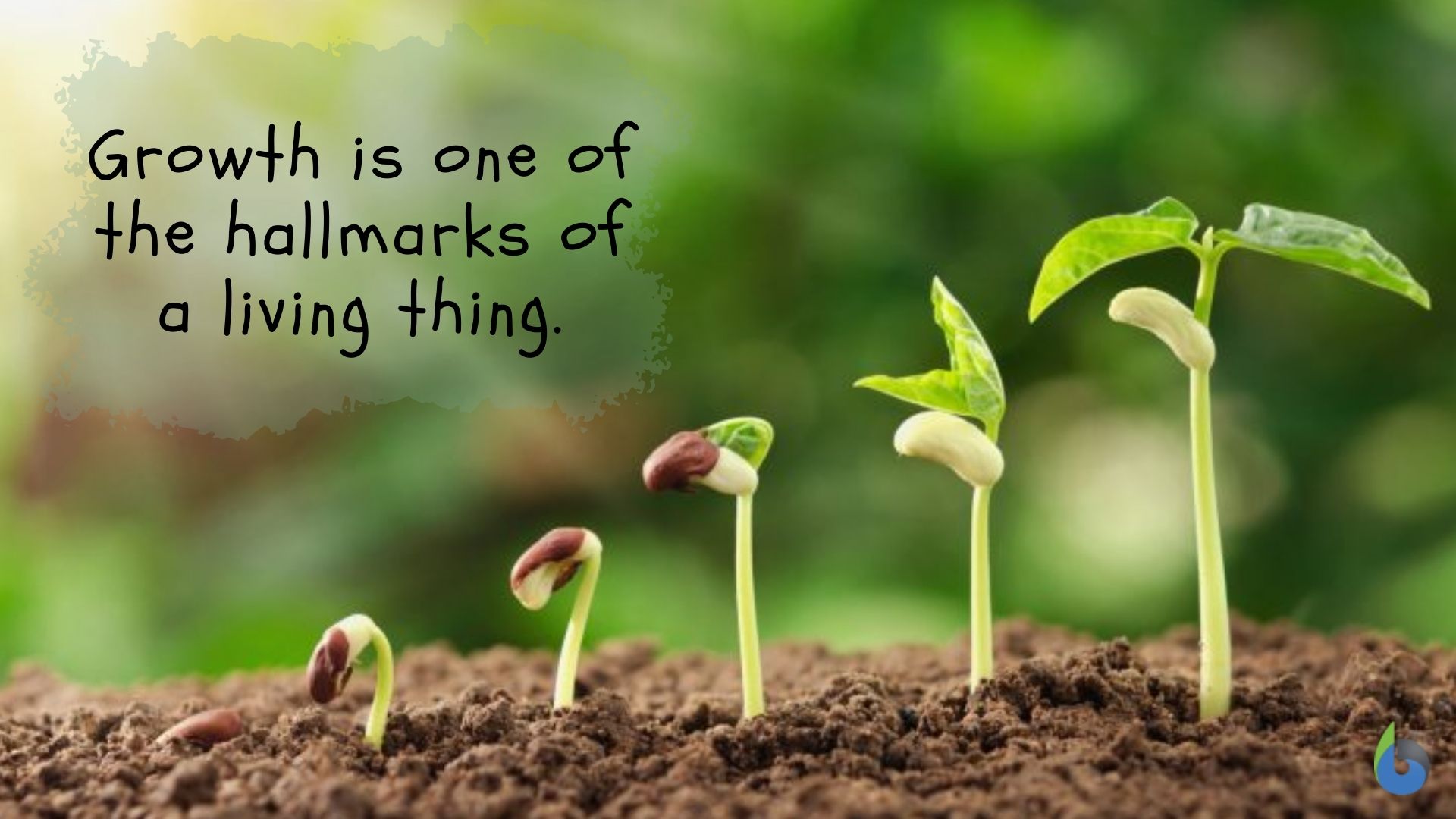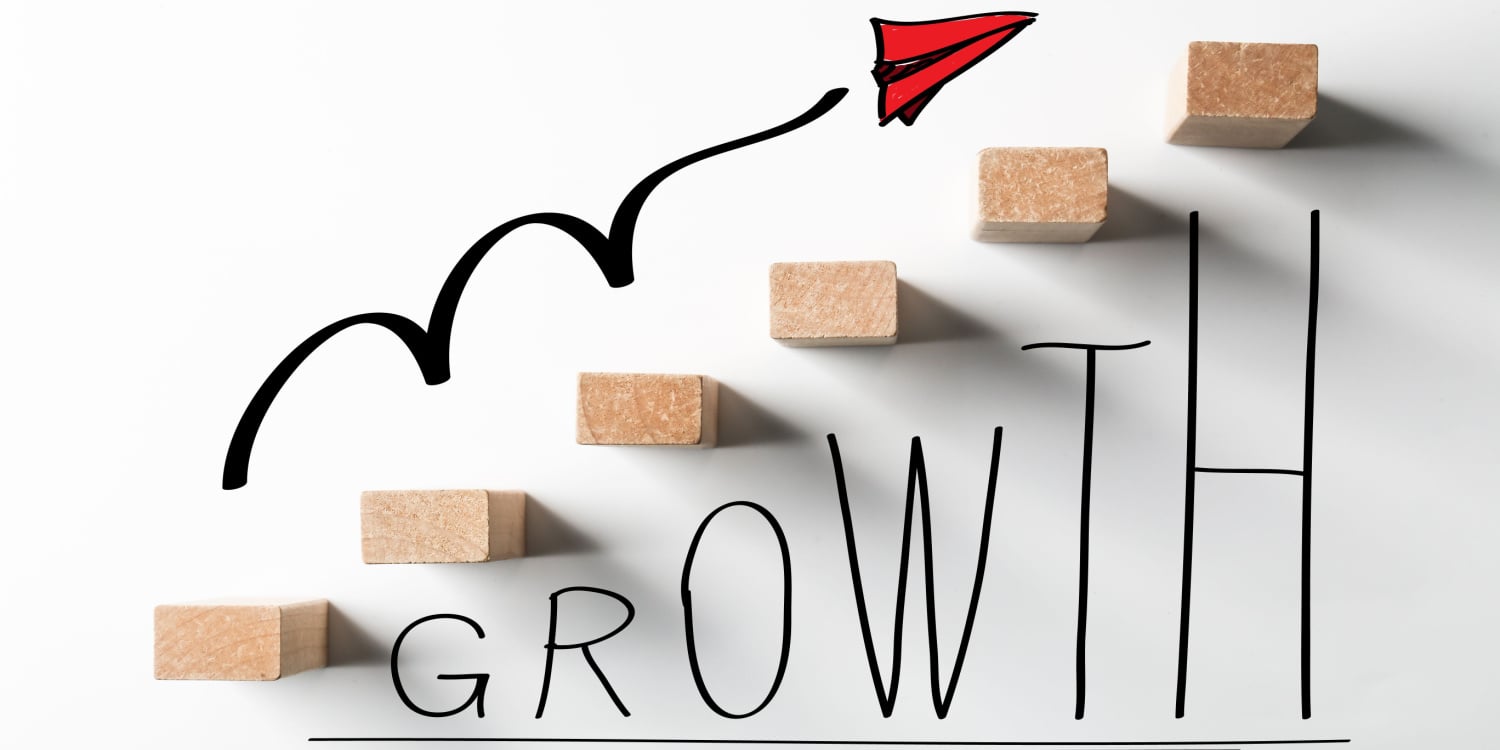The story of faith in Iran, a land often called Persia, is a truly remarkable one, with Christianity tracing its roots back to the very first years of the religion itself. For centuries, this ancient faith has been present, sometimes openly, sometimes hidden, yet always followed by a segment of the population. It's a tale of enduring belief, you know, through many different state religions and ruling powers, shaping a quiet but persistent presence in the country's spiritual fabric.
Through the long sweep of time, this Christian belief has consistently been held by a smaller group of people in Iran, even as the nation's official religions shifted and changed. There was Zoroastrianism, a very old faith in ancient Persia, which then gave way to Sunni Islam after the Arab conquest during the middle ages. Later on, Shia Islam became the dominant state religion, starting with the Safavid conversion in the 15th century, so you can see a lot of shifts.
Yet today, despite all these historical changes and the current challenges, something rather profound is happening. Christianity is, in a way, quietly but powerfully gaining ground in Iran. This rise is happening through a few key ways: the presence of underground churches, the reach of digital evangelism, and the bold decisions of individuals choosing to convert, even though they face intense persecution. It's a striking development, truly.
Table of Contents
- Historical Roots and Enduring Faith
- The Quiet Rise of Christianity Today
- Understanding the Numbers and Challenges
- Persecution and Resilience
- Implications and a Look Ahead
- Frequently Asked Questions about Christianity in Iran
Historical Roots and Enduring Faith
Christianity in Iran, or Persia as it was known, has a remarkably deep past, going right back to the very early periods of the Christian religion itself. This ancient connection means that the faith isn't a new arrival there, but rather something that has been part of the land for a very, very long time, nearly since its inception.
Throughout this vast stretch of history, the Christian faith has, in some respects, always been followed by a minority within Iran's population. This was true under its different state religions, showing a consistent, if smaller, presence across the ages. It's quite a testament to perseverance, that.
For instance, during the time of ancient Persia, Zoroastrianism was the official state religion. Even then, Christians were present, living and practicing their faith. Then, after the Arab conquest, Sunni Islam became the dominant belief system in the Middle Ages, and Christians were still there, maintaining their communities.
Later, from the Safavid conversion in the 15th century onwards, Shia Islam became the state religion. Through all these major shifts, the Christian community, while a minority, continued to exist and practice its faith, adapting to the changing circumstances. It's a rather fascinating historical thread, really.
For centuries, Christians have made significant contributions to Iranian society, despite facing various forms of discrimination at different points throughout history. Their presence has added to the rich cultural and religious tapestry of the nation, even when conditions were, at times, quite challenging for them.
The history of Christianity in Iran is a truly complex and fascinating topic. It offers a unique window into the diverse cultural and religious landscape of the Middle East, showing how different faiths have coexisted and evolved over many, many years, sometimes under pressure, but always there.
The Quiet Rise of Christianity Today
Today, a striking phenomenon is underway: Christianity is quietly but powerfully rising in Iran. This growth is happening through several, somewhat hidden, avenues, showing a remarkable resilience. It's a story that, in a way, defies expectations.
One primary way this growth occurs is through underground churches. These are small, often house-based gatherings where believers can meet and worship away from official scrutiny. These hidden communities are absolutely vital for the spread of the faith, providing safe spaces for new converts and existing Christians alike.
Another powerful tool for this quiet expansion is digital evangelism. In the modern age, the internet allows the Christian message to reach people across Iran, often bypassing traditional barriers. This digital outreach is proving to be incredibly effective, connecting with individuals who might otherwise never encounter the faith, so it's a very modern approach.
Moreover, there are bold conversions happening, where individuals choose to embrace Christianity despite the very real and intense persecution they might face. These personal decisions are powerful testaments to faith and contribute significantly to the overall growth. It takes a lot of courage, that.
The Iranian government, as a matter of fact, refuses to acknowledge Iranian converts to Christianity. This official stance means that these new believers are denied all religious freedom, making their choice of faith a deeply personal and often risky one. It's a clear challenge they face, clearly.
Despite these severe restrictions and the systematic persecution by the authorities, Christianity is spreading rapidly in Iran. This swift expansion is truly remarkable given the difficult environment. It shows a deep yearning for spiritual connection, perhaps, among many people.
According to the international human rights organization International Christian Concern, Christianity in Iran is growing faster today than anywhere else in the world. This is a truly astonishing claim, highlighting the unique and powerful spiritual movement happening within the country. It's a statistic that, you know, really makes you think.
A report released by Operation World in 2016 also supports this idea, stating that Iran has the very best evangelical growth rate globally. They estimated an annual increase of nearly 20%. This kind of growth rate is virtually unheard of in many other parts of the world, making Iran a unique case, arguably.
The church in Iran, despite decades of government control and oppression, continues to grow and thrive more than ever before. This resilience is truly inspiring, showing how faith can persist and even flourish under extremely challenging circumstances. It's a powerful example, that.
There are divinely interrelated avenues that influence this growth, and their parallels with the first church in the book of Acts are striking. This suggests a pattern of spiritual expansion that, in some respects, echoes early Christian history, where communities grew despite adversity. It's a fascinating comparison, truly.
As we approach the 2000th anniversary of the founding of the church, there has been an increasing focus on fulfilling the Great Commission, resulting in a growing and expanding church around the world. In turn, this compels many to bring attention to what is happening in Iran, seeing it as part of a larger global movement. It's a very encouraging sign, apparently.
Iranian Christians, for example, attend the New Year mass at the Saint Targmanchats Armenian Church in Tehran, early on January 1, 2023. This image, captured by Atta Kenare/AFP via Getty Images, shows a visible, albeit smaller, part of the Christian community, even as much of the growth occurs out of public view. It's a glimpse into their lives, that.
Understanding the Numbers and Challenges
The question of how many Christian converts there are in Iran is a challenging one to answer precisely. Determining the exact number is inherently difficult because of the clandestine nature of their faith. There are very real risks associated with public declaration, which means people keep their beliefs private, making counting hard.
However, various reports and surveys do offer compelling estimates that paint a picture of significant growth. While exact figures are elusive, these estimates consistently point to a substantial increase in the Christian community. It's a clear trend, even if the precise scale is hard to pin down.
Some estimates point to a million or even more Iranian converts to Christianity. This is a very large number, suggesting a widespread movement rather than just isolated incidents. It’s a figure that, you know, truly captures the imagination.
According to Gamaan, a research group, the number of Christians in Iran is “without doubt in the order of magnitude of several hundreds of thousands and growing beyond a million.” For years, we’ve heard about the growth of Christianity in Iran, with international Christian organizations making the “1 million” claim. This consistent reporting across different sources lends weight to the idea of widespread conversions.
While the exact number of Iranian Christians is difficult to determine due to the secretive nature of conversions, estimates suggest that the Christian community in Iran is growing steadily. This steady increase is a powerful indicator of the faith's appeal and spread within the country, despite all the obstacles.
This growth has not been without its challenges, that is for sure. Religious conversion can face intense opposition, not only from authorities but also from family members. This means converts often have to make very difficult personal choices, sometimes risking their relationships and social standing. It's a very real struggle, actually.
Iran is already heavily sanctioned on account of its broader military and human rights issues. This situation, in a way, negates one potential potent avenue of pressure from the U.S. or other international bodies regarding religious freedom. Since sanctions are already in place for other reasons, adding more pressure for religious freedom might not have the desired impact, so it's a tricky situation.
A secular survey might succeed where Christian advocates have failed to convince the world of widespread conversions in the Islamic Republic. Such a survey, perhaps conducted independently, could provide more universally accepted data on the number of converts, potentially validating the claims of significant growth. It's an interesting thought, that.
Persecution and Resilience
Despite every effort by the authorities to control or suppress it, Christianity is, arguably, exploding in Iran today. This rapid spread happens quietly and carefully, mostly underground, away from public view. It’s a very powerful and somewhat hidden movement.
Most Christian churches are outlawed in Iran, meaning they cannot operate openly or register legally. This forces believers into private, informal gatherings, which are inherently more vulnerable but also harder to track and fully suppress. It creates a constant tension, truly.
As an Iranian Christian convert, there is great encouragement because Christianity is clearly on the rise in Iran. This personal perspective highlights the hope and optimism felt by those directly involved in this spiritual movement, despite the dangers. It's a very personal encouragement, that.
The Iranian government refuses to acknowledge Iranian converts to Christianity. This official denial means that these individuals are stripped of any legal recognition of their faith, and they are denied all religious freedom. This policy creates a climate of fear and vulnerability for them, essentially.
Converts face severe restrictions and systematic persecution by the authorities. This can include arrests, imprisonment, and pressure to recant their faith. The risks are very real and present, making every act of worship or evangelism a courageous one, really.
The growth has not been without its challenges, as religious conversion can face opposition not only from authorities but also from family members. This internal family pressure can be just as difficult, if not more so, than external government pressure, creating complex personal dilemmas, in a way.
Iran is already heavily sanctioned on account of its broader military and human rights issues. This means that external pressure from countries like the U.S. on religious freedom issues is, more or less, limited. The existing sanctions mean there's less leverage to apply specifically for Christian persecution, so it's a tough spot.
Implications and a Look Ahead
The implications of Christianity's flourishing in Iran are potentially profound. This significant spiritual shift could have far-reaching effects on the social, cultural, and even political landscape of the nation. It's a development that could reshape many things, you know.
This growth suggests a deep spiritual hunger within Iran, perhaps a search for meaning or community that isn't being met by existing structures. The appeal of Christianity, even under such difficult circumstances, points to a powerful draw for many Iranians. It's a very compelling thought, that.
The resilience of the Christian community, growing despite intense persecution, also speaks volumes about the human spirit and the power of faith. It shows that even the most severe restrictions cannot entirely stifle spiritual expression and growth, basically.
The ongoing nature of this growth, with estimates suggesting numbers are still climbing, indicates that this is not a passing trend but a sustained movement. It means that the Christian presence in Iran is likely to continue to expand, shaping its future in subtle yet significant ways, apparently.
This situation also highlights the importance of religious freedom and human rights on a global scale. The challenges faced by Iranian Christians serve as a stark reminder of the struggles many face for their beliefs worldwide. It's a very important issue, that.
The story of the growth of Christianity in Iran is a truly compelling one, filled with both hardship and remarkable hope. It shows a community that, despite immense pressure, continues to find ways to express and share its faith, growing quietly but powerfully. Learn more about Christian faith on our site.
It’s a situation that continues to draw attention from around the world, as people seek to understand this unique spiritual phenomenon. The perseverance of Iranian Christians offers a powerful example of faith in action, inspiring many. You can link to this page for more insights into advocating for religious freedom.
Frequently Asked Questions about Christianity in Iran
How many Christian converts are there in Iran?
Determining the exact number of Christian converts in Iran is quite challenging because of the secretive nature of their faith and the very real risks associated with public declaration. However, various reports and surveys offer compelling estimates that suggest significant growth. Some estimates point to a million or more Iranian converts to Christianity, and according to Gamaan, the number is "without doubt in the order of magnitude of several hundreds of thousands and growing beyond a million."
Is Christianity growing in Iran despite persecution?
Yes, absolutely. Despite severe restrictions and systematic persecution by the authorities, Christianity is rapidly spreading in Iran. According to the international human rights organization International Christian Concern, Christianity in Iran is growing faster today than anywhere else in the world. A 2016 report by Operation World also indicated that Iran has the very best evangelical growth rate globally, with an annual increase of nearly 20%.
What is the history of Christianity in Iran?
The history of Christianity in Iran, historically known as Persia, dates back to the very early years of the religion itself. Throughout this long period, the Christian faith has consistently been followed by a minority of the population, even as Iran's state religions changed from Zoroastrianism in ancient Persia, to Sunni Islam after the Arab conquest in the Middle Ages, and then to Shia Islam since the Safavid conversion in the 15th century. Christians have made significant contributions to Iranian society for centuries, despite facing various forms of discrimination at different points in time.
Related Resources:



Detail Author:
- Name : Moriah Steuber
- Username : farrell.chanelle
- Email : gleason.waldo@okeefe.net
- Birthdate : 2004-01-03
- Address : 4420 Reginald Viaduct Bruentown, OH 28795
- Phone : +1-539-356-1295
- Company : Sporer, Braun and Rath
- Job : Engine Assembler
- Bio : Omnis quo saepe quasi amet sunt expedita eos. Quia aut repudiandae asperiores debitis omnis dolorem. Corporis est iste omnis ea. Voluptas quae cumque commodi labore.
Socials
linkedin:
- url : https://linkedin.com/in/amir_official
- username : amir_official
- bio : Aut dolorem voluptas molestiae voluptas.
- followers : 2308
- following : 975
tiktok:
- url : https://tiktok.com/@amircrist
- username : amircrist
- bio : Quae veniam consequatur ut quam recusandae veritatis.
- followers : 1925
- following : 26
facebook:
- url : https://facebook.com/amir_crist
- username : amir_crist
- bio : Vero est velit consectetur aut similique quo est. Qui possimus accusamus omnis.
- followers : 4696
- following : 469